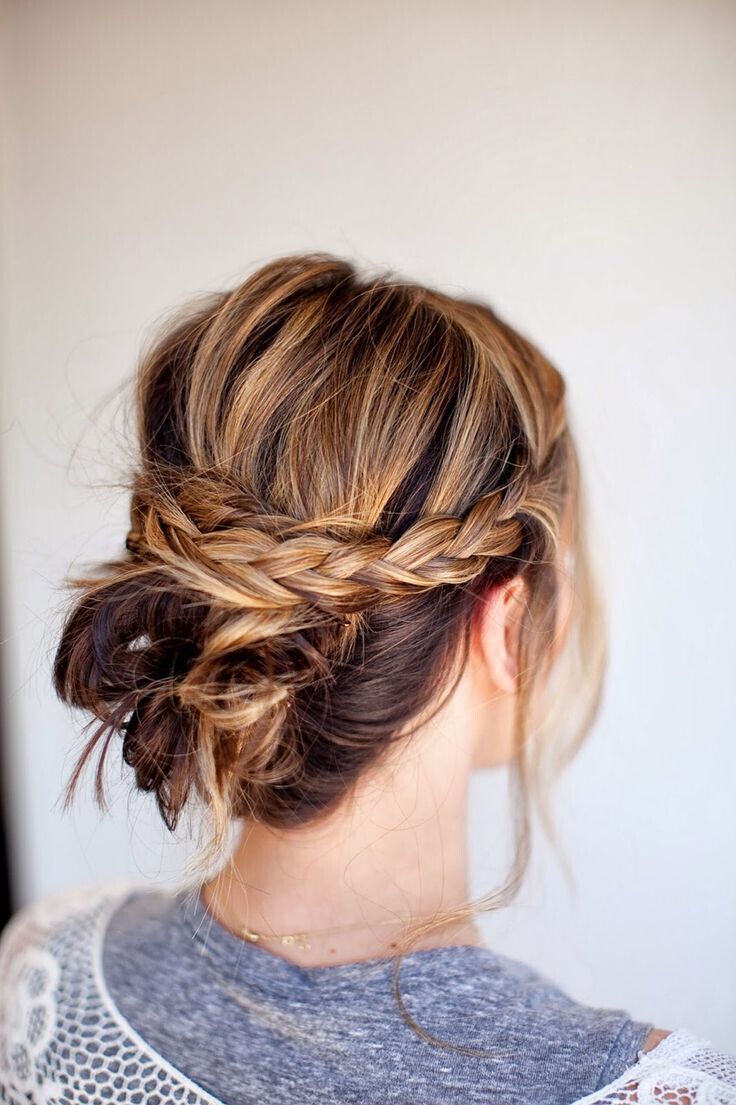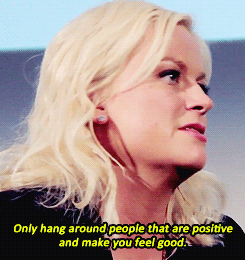Something I’ve spent a lot of time trying to work out over the last five years is how best to treat and cover up my hair loss.
No one product has solved my hair loss (which is still ongoing) but there are some which have helped improve the condition of the hair I have left.
Firstly, shampoos and conditioners.
I’ve experimented with lots of different ways of washing my hair to get the best results and the least amount of hair shedding. Using conditioner before the shampoo sometimes gives my hair more volume and going sulphate free has also helped.
At least once a month I also like to add one part sea salt to two parts shampoo, which really works to strip some of the product build-up from my hair, making it more shiny and bouncy. I also towel dry my hair and squeeze out all the excess moisture before applying conditioner, which I leave on for as long as possible before washing out.
I use lots of different shampoos and conditioners – and honestly, none of them are that cheap – but the ones I like best are:
Percy & Reed Splendidly Silky Moisturising Shampoo and Conditioner
Ojon Damage Reverse Thickening Shampoo and Conditioner
Grow Gorgeous Cleansing Conditioner
Kiel’s Olive Fruit Oil Nourishing Shampoo and Conditioner
Treatments for damaged hair
For most of the last five years, my hair has felt like either straw or chewing gum and has become tangled every five minutes, so hair treatments have been amazing in helping make my hair smooth enough to tie up and hide away.
Treatment oils
A whole range of oils have really helped flatten down my flyaway wispy hair and make it more smooth. They also moisturise the hair and nourish it and help restore some sheen. However, on the down side, oils can also weigh down your hair and made it look lanky and heavy, so be prepared to pin your hair up after doing one of these treatments. What I have found works best for my hair is to do a treatment at night and then leave it on till the morning (covering my hair with a scarf to protect my pillowcase), which allows the oil to dry in to my hair and absorb, making it easy to wash out the next day.
I like to alternate coconut oil, almond oil and olive oil, all of which can be bought quite cheaply from any supermarket. You only need to use a small amount, so it works out really cost effective. I’m a blonde, and due to my hair loss I haven’t been able to colour my hair for a long time, so I’ve found that adding a bit of honey to the olive oil helps to temporarily brighten up the colour.
Adding argan oil or Percy & Reed Hair’s Best Friend Totally Intensive Treatment Oil+ to dry hair has also helped me to style my hair and they are great at improving the general condition of my hair too. Kiehl’s Magic Elixir has also worked well for my hair.
Hair masks
I love doing hair masks and ideally I like to put them on when I get home in the evening and leave them on until just before I leave the house the following day.
My absolute favourite for when my hair was at its worst and least manageable was the Ojon Damage Reverse™ Restorative Hair Treatment Plus.
It is expensive but it is very heavy and a little goes a very long way. It’s a really intense treatment and I find my hair feels instantly softer as soon as I start washing it out.
Next up is the Philip Kingsley Elasticizer Extreme. Philip Kingsley is a trichologist, which means he really understands how to restore very damaged hair and this treatment is a more heavy duty version of the original Elasticizer, which has won lots of awards and was originally created by him for Audrey Hepburn.
The final hair mask is another Percy & Reed product – the Percy & Reed Totally TLC Hydrating Mask. It’s super moisturising and a great one to use in conjunction with their other products.
Food supplements to feed hair growth
This category is a bit trickier for me to write about, as I find it harder to tell what, if any, impact this has had on my hair growth.
The first thing to say here is that when I finally visited the doctor about my hair, she sent me for blood tests and found that my iron and folic acid levels were low. While these didn’t directly cause my hair loss they didn’t help and she put me on supplements to restore the levels to the right balance.
I have also been taking Biotin and Zinc to help promote hair growth and my hairdresser just told me that a lot of her clients have been taking Viviscal, so I’m planning to try that next. It’s really expensive though at £2 a day and as with all supplements, you have to allow three months to see any significant improvement, which can be challenging when you are really struggling with your hair loss.
The last product I really like, which I’m not sure can really be classified as a supplement – really it’s a serum – is the Grow Gorgeous Hair Serum, which was recommended to me by a friend with very bleach damaged hair. You rub a few drops into your scalp once a day and it helps boost the rate at which your hair grows. It can make your hair feel a little greasy at the roots but then so can a lot of the treatments you may already be using!
Avoiding further hair damage
Now this bit definitely needs to be introduced by a hypocrite klaxon: I definitely don’t always practise what I preach! Although I’ve stopped colouring my hair, I haven’t been able to give up straightening it but I have given up using GHDs which have no heat control and KILL your hair.
Blow drying your hair is definitely not going to help with hair loss but one of the reasons I’ve found it difficult to avoid is that the more damaged your hair is, the harder it is to leave to dry naturally. My hair is so coarse, doesn’t sit flat on my head and is really ‘fluffy’ at the moment due to all the damage and while blow drying won’t give me glossy sleek hair, it at leasts makes it sit better and helps me feel a little more like the old me.
If you are using heat on your hair, I’ve learned the hard way that you should definitely use a heat protection product. I like the Kerastase Nutritive Nectar Thermique, which you just need to use a small amount of. Let your hair air dry for as long as you can before using heat to style your hair when it’s already nearly dry.
Being careful about how you tie up your hair is something I’ve learned is really important too. Tying it up in windy weather when you’re outside, avoiding hairbands with metal inserts, and opting for kirby grips over metal clips which can tear your hair will all help protect your fragile hair, as will wearing a hat outdoors.
Depending on how long your hair is, tying it up at night will also help stop it tangling, which can lead to further hair breakage.
Disguising hair loss
Probably my biggest priority over the last five years, working out how best to disguise my hair loss has been a big part of trying to feel confident going out in public and being happier about my appearance.
At times covering my hair with scarves and hats has been the only way to cover up the damage but at healthier points in my hair growth, I’ve been able to use hairbands (a lot of my hair loss is at the front and sides) or pin up my hair into updos.
There are plenty of online tutorials with lots of ideas for different styles, which you can also modify as necessary to work with the hair you have.
Some of the sites which have helped me are:
http://www.babble.com/beauty/the-25-most-beautiful-easy-updos-2/
http://therighthairstyles.com/updos-for-short-hair/
http://www.byrdie.co.uk/updos-for-short-hair/slide4
The only way to hide the most damaged parts of my hair has been to wear my hair in very heavily pinned messy updos, with the front plaited or twisted back – something a bit like this:

Nothing in this post will provide a magic, overnight cure unfortunately but they did help while I worked up the courage to opt for more expert help.
I’ll talk in a separate post about hair weaves, hair extensions and hair pieces which I’ve also been experimenting with but for now, I hope all this helps improve your hair!







